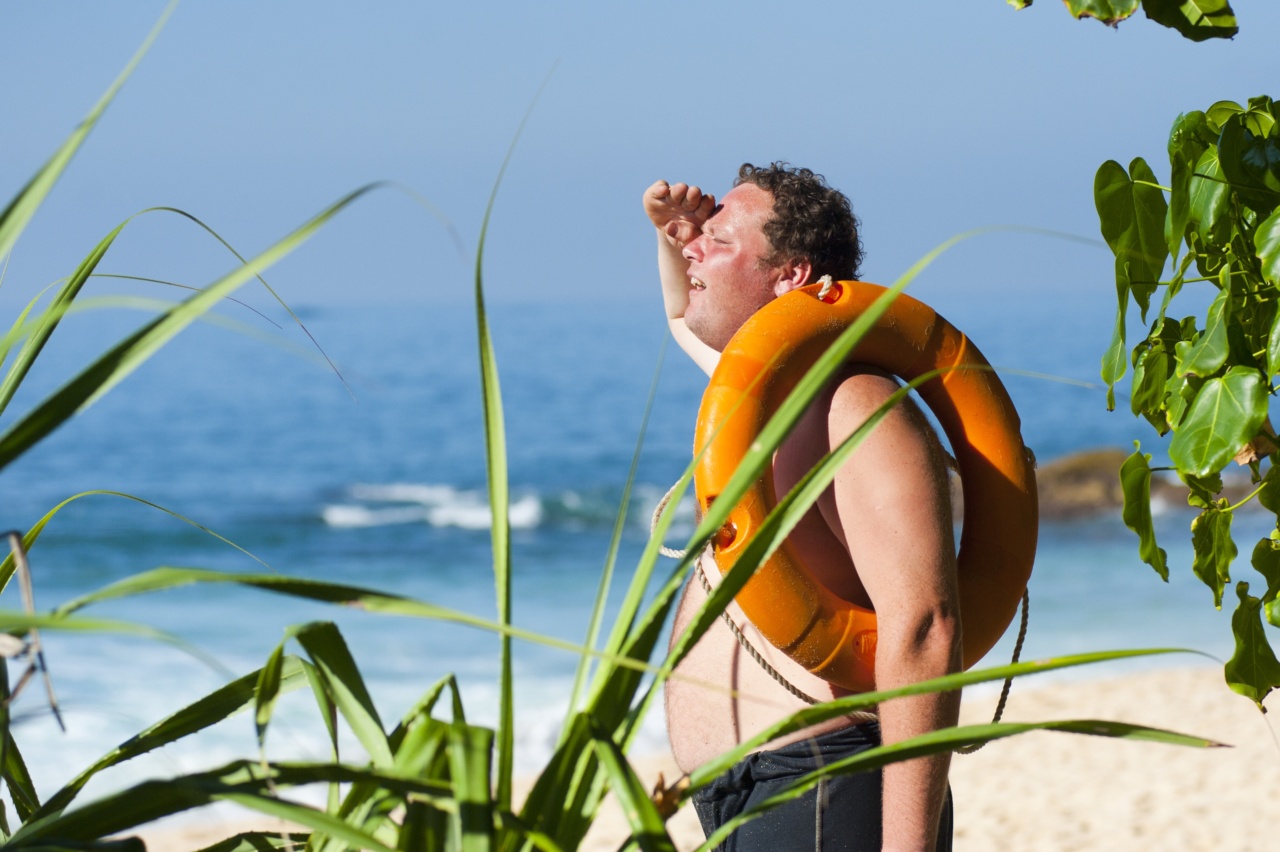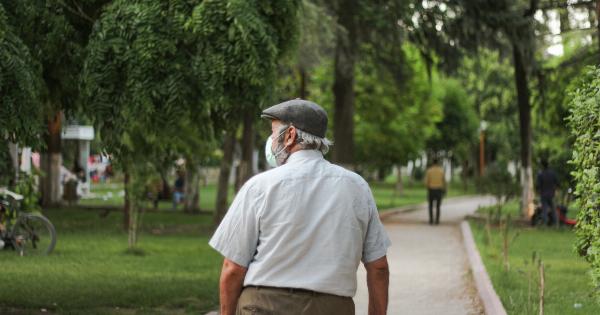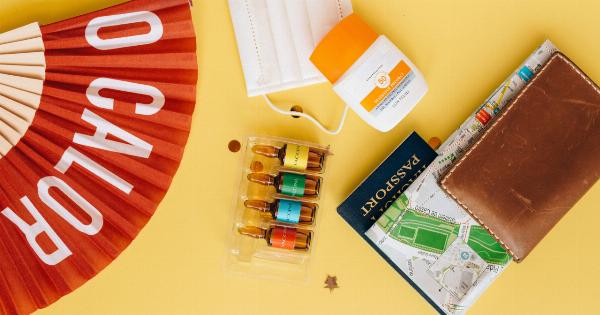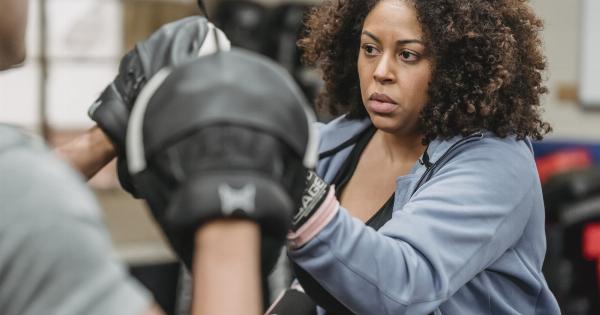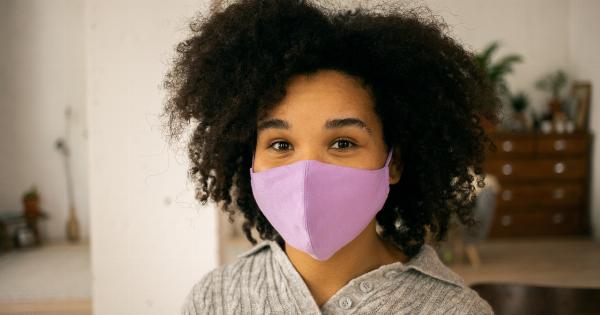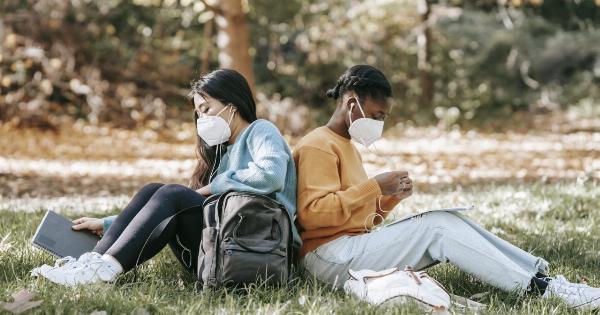Summer is a time for outdoor activities, enjoying the beach, and engaging in fun-filled adventures under the sun.
However, it’s important to remember that long exposure to the sun’s harmful ultraviolet (UV) rays can lead to sunburn and potentially more serious conditions like skin cancer. In this article, we will discuss some effective tips and precautions to help you avoid sunburn and keep your skin healthy and protected.
Understanding the Risks of Sunburn
Sunburn occurs when the skin gets overexposed to UV radiation from the sun or artificial tanning devices. It is characterized by red, painful, and sometimes blistering skin.
Sunburn not only damages the outer layers of the skin but can also have long-term effects on your overall health. Here are some risks associated with sunburn:.
1. Skin Cancer
Prolonged exposure to UV radiation increases the risk of developing skin cancer, including deadly melanoma. According to the Skin Cancer Foundation, sunburns in childhood increase the likelihood of developing skin cancer later in life.
2. Premature Aging
Repeated sunburns can contribute to premature skin aging, including the appearance of wrinkles, fine lines, and age spots.
3. Weakened Immune System
Severe sunburn can suppress the immune system, making it harder for your body to fight off infections and illnesses.
Preventing Sunburn
Now that we understand the risks associated with sunburn, let’s explore some effective ways to prevent it and keep your skin safe:.
1. Apply Sunscreen
Using a broad-spectrum sunscreen with an SPF (Sun Protection Factor) of 30 or higher is crucial. Apply it generously on all exposed skin areas at least 15 minutes before going outside.
Reapply every two hours or more frequently if you’re sweating or swimming.
2. Seek Shade
Whenever possible, stay in the shade during the sun’s peak hours between 10 am and 4 pm. This will reduce your overall exposure to UV rays and minimize the risk of sunburn.
3. Wear Protective Clothing
Covering your skin with loose-fitting, lightweight clothing can provide an additional layer of protection. Opt for long-sleeved shirts, long pants, and wide-brimmed hats to shield yourself from the sun’s rays.
4. Use Sunglasses
Your eyes are also vulnerable to UV damage. Wear sunglasses with UV protection to safeguard your eyes from harmful rays and reduce the risk of cataracts and other eye conditions.
5. Check Medication Side Effects
Some medications, such as certain antibiotics, antidepressants, and diuretics, can increase your skin’s sensitivity to the sun. Check with your healthcare provider about the potential side effects, and take extra precautions if needed.
Recognizing the Signs of Heatstroke
In addition to sunburn, summer heat can also lead to heat-related illnesses like heatstroke. Heatstroke is a severe condition that requires immediate medical attention. Here are the common signs and symptoms:.
1. High Body Temperature
A body temperature of 104°F (40°C) or higher is a significant indicator of heatstroke. If you or someone else experiences a dangerously high body temperature, seek medical help right away.
2. Altered Mental State
Heatstroke can cause confusion, agitation, dizziness, and even hallucinations. If you notice sudden changes in someone’s mental state during hot weather, it could be a sign of heatstroke.
3. Nausea and Vomiting
Heatstroke can cause gastrointestinal distress, leading to nausea, vomiting, and stomach cramps.
4. Rapid Heartbeat and Breathing
An excessively fast heart rate (tachycardia) and rapid breathing (hyperventilation) are common symptoms of heatstroke.
Preventing Heatstroke
Here are some practical tips to prevent heatstroke and stay cool during the hot summer months:.
1. Stay Hydrated
Drink plenty of fluids, especially water, to keep your body hydrated. Avoid or limit alcoholic beverages, as they can contribute to dehydration.
2. Avoid Overexertion
During extreme heat, reduce your physical activities and avoid strenuous exercise, particularly during peak hours.
3. Use Cooling Strategies
Take regular breaks in cool, air-conditioned spaces. If you don’t have access to air conditioning, use fans, take cool showers, or apply cold compresses to lower your body temperature.
4. Dress Appropriately
Wear loose-fitting, lightweight clothing made of breathable fabrics like cotton. This will allow air circulation and help keep your body temperature balanced.
Conclusion
Enjoying the summer sunshine doesn’t mean you have to compromise your skin’s health and overall well-being. By following the sun protection tips outlined in this article, you can avoid sunburn and reduce the risk of heatstroke.
Remember to stay hydrated, seek shade, wear sunscreen, and take breaks in cool environments. Prioritizing your safety and wellbeing will ensure you have a fabulous and sunburn-free summer!.
